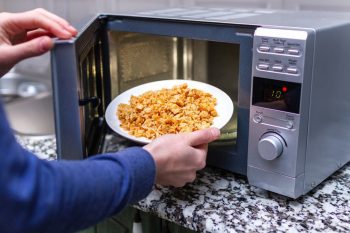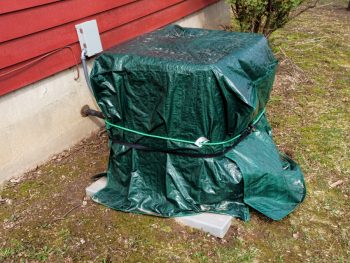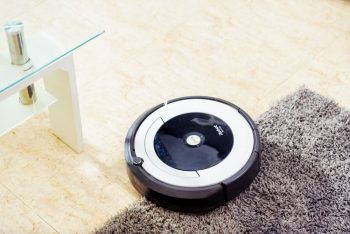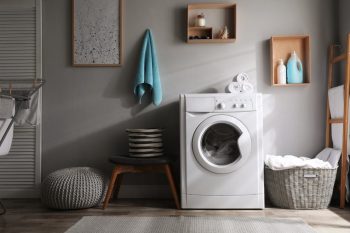
Is there anything worse than having melted ice cream on a hot summer day? That’s what happens when your refrigerator doesn’t get cold anymore.
A refrigerator is an essential household appliance that keeps your food fresh. The lower temperature of the refrigerator aids in protecting your perishable items such as veggies, dairy, and eggs.
Going grocery shopping every day is expensive. Nobody wants to have to throw out rotten items all the time.
But, sometimes, the refrigerator does not perform well; it just doesn’t seem to get cold enough. How do you deal with such a situation?
There are several ways to keep your refrigerator cold, from easy DIY projects to technical tips.
The easiest way to lower your refrigerator’s temperature is using the inbuilt thermostat. You can take it down a few notches and see if it works.
There are other easy things as well that can help you lower the temperature:
- Keeping your refrigerator full
- Cleaning the condenser coil and exhaust fan
- Adjusting the placement of the refrigerator
Are you interested to know more about these tips and how to go about them? Read further, as this article will educate you on the different ways to keep your refrigerator cold.
9 Ways To Make Your Refrigerator Colder
1. Adjust the Temperature
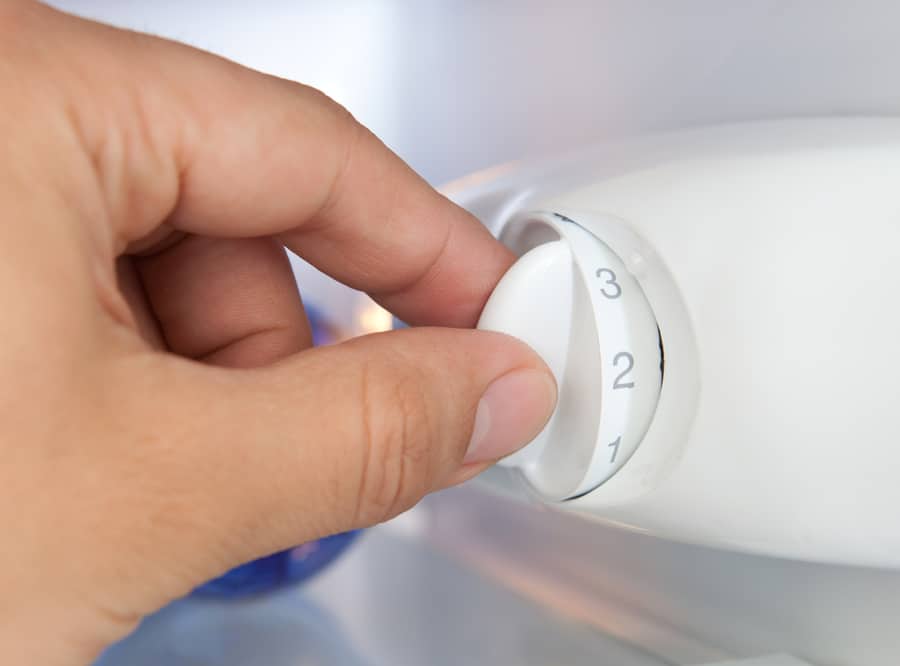
As mentioned earlier, regulating the temperature by the thermostat is the easiest way to adjust the refrigerator’s coldness. By accident, the thermostat can move to a higher temperature.
You must understand that food doesn’t rot on its own.
Bacteria break it down to start the decaying process. The hotter the temperature, the faster the bacteria act, leaving your food rotten.
By keeping the temperature lower, you can effectively increase the lifespan of your food items.
You must adjust the thermostat according to your refrigerator’s temperature. If you notice ice build-up inside your refrigerator, slightly increase the temperature.
Frosting can damage the condenser coil and exhaust fan resulting in malfunction or permanent damage to your appliance.
2. Clean Blocked Vents

Refrigerators have vents that evenly spread the cold air inside the fridge, simultaneously letting the hot air out. Your fridge may be having trouble getting colder if the ducts are blocked.
Carefully look for ice build-up around the vents and defrost the refrigerator. It will help clear out the vents resulting in efficient performance.
3. Clean the Condenser Coil
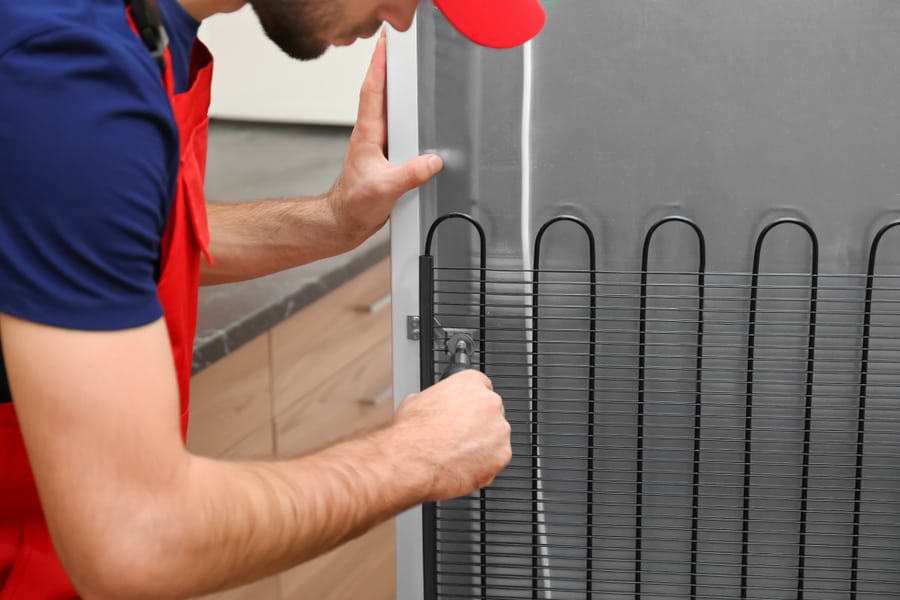
The fridge depends on the condenser coil to help it cool the refrigerant while expelling the hot air.
Always check the condenser coil if your refrigerator is not working properly or it’s not as cold as before.
Condenser coils are prone to dust and debris, affecting their functionality and performance. You must turn off the fridge, remove the back panel and clean the condenser with a vacuum or a brush.
4. Stock Up The Refrigerator
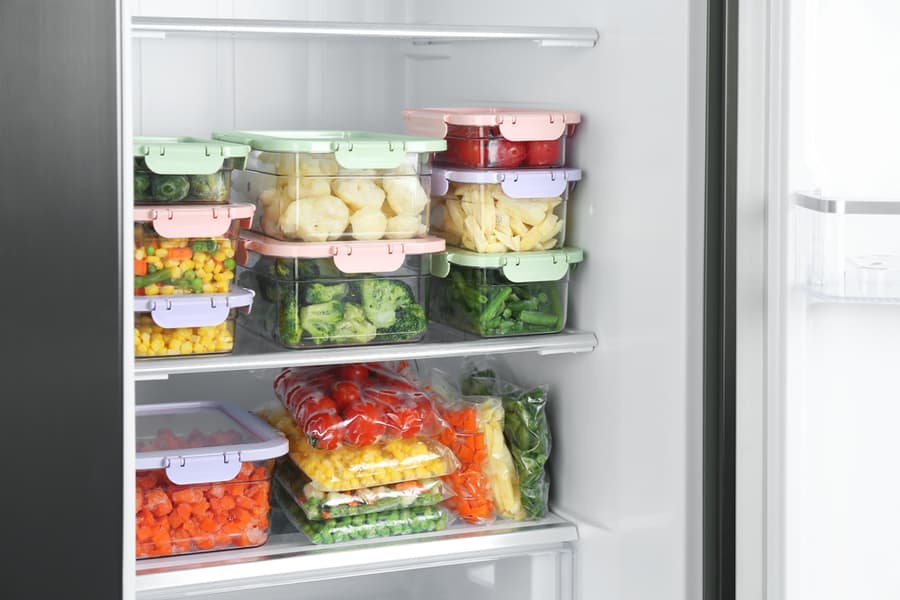
Moist food frozen inside the refrigerator can act as cold batteries.
You can stock up your refrigerator on food items with different densities. These frozen items help lower your refrigerator’s temperature, protecting it even if someone opens the refrigerator door.
It is good to stock up on your food for better cooling. However, make sure not to overdo it.
Stocking containers and bowls on top of each other can also block the airflow resulting in poor cooling in the refrigerator.
5. Place Water Bottles in the Refrigerator

Like dense food items, water bottles can also act as cold batteries for your refrigerator. It helps in keeping the temperature low for a long time.
You can place juice or water bottles in the refrigerator. You get to enjoy a cold beverage with the added benefit of enhancing your refrigerator’s performance.
6. Make Sure To Defrost Your Refrigerator
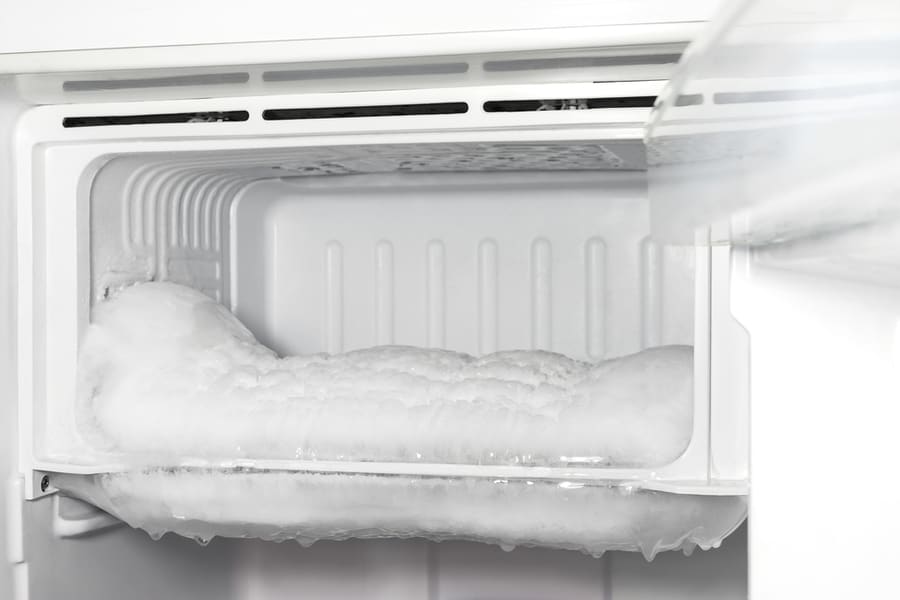
No matter how carefully you use your refrigerator, it requires defrosting after a while.
If your refrigerator has a defrosting system, it will heat the evaporator coil quickly and melt all the frost.
If it doesn’t have a defrosting system, you can manually do it by following some easy steps:
- Turn off the refrigerator.
- Take out everything, including food items, shelves, and drawers.
- Open the door of the refrigerator and let the frosting melt.
- Once the defrosting is done, clean out the water using towels.
- Thoroughly clean the freezer and the fridge.
- Place the food items back and turn on the refrigerator.
7. Check the Circulation Fan

There are two fans inside the refrigerator. One fan blows air on the condenser coil. The other, between the fridge and the freezer, is called a circulation fan.
The purpose of this fan is to circulate cold air from one compartment of the refrigerator to the other.
If your refrigerator is not cold enough, check the circulation fan and replace it if it is broken.
The ideal temperature is 40°F and below for a refrigerator and at or below 0°F (-18°C) for a freezer. If you want to know more about the temperature and how it affects your food, please check out this FDA link.
8. Avoid Placing Hot Food in the Fridge

Another way to maintain your refrigerator’s coldness is to avoid placing freshly cooked food inside.
Hot food will require more energy and cold air from the refrigerator to lower the temperature resulting in poor performance.
It is better to keep it outside until it attains room temperature.
9. Change the Position
A refrigerator is an appliance that gets affected by the outdoor environment and temperature. It is better to avoid placing it near stoves, ovens, or hot air vents.
It should be kept from direct sunlight, with a recommended gap between the refrigerator and the wall.
The condenser coil needs ample space for air circulation that barriers can disrupt. An airy, cold, dry place is ideal for the maximum performance of your refrigerator.
Takeaway
Maintaining the temperature of your refrigerator is essential for food safety and optimal cooling.
You can try different ways, like checking the thermostat, stocking the refrigerator with food items, and cleaning the condenser coil to make your fridge colder.
If you cannot diagnose the problem, it is better to seek a professional opinion.
It could be a malfunction in the machine. Your condenser or exhaust fan may need a replacement. Only a professional can advise you wisely.



